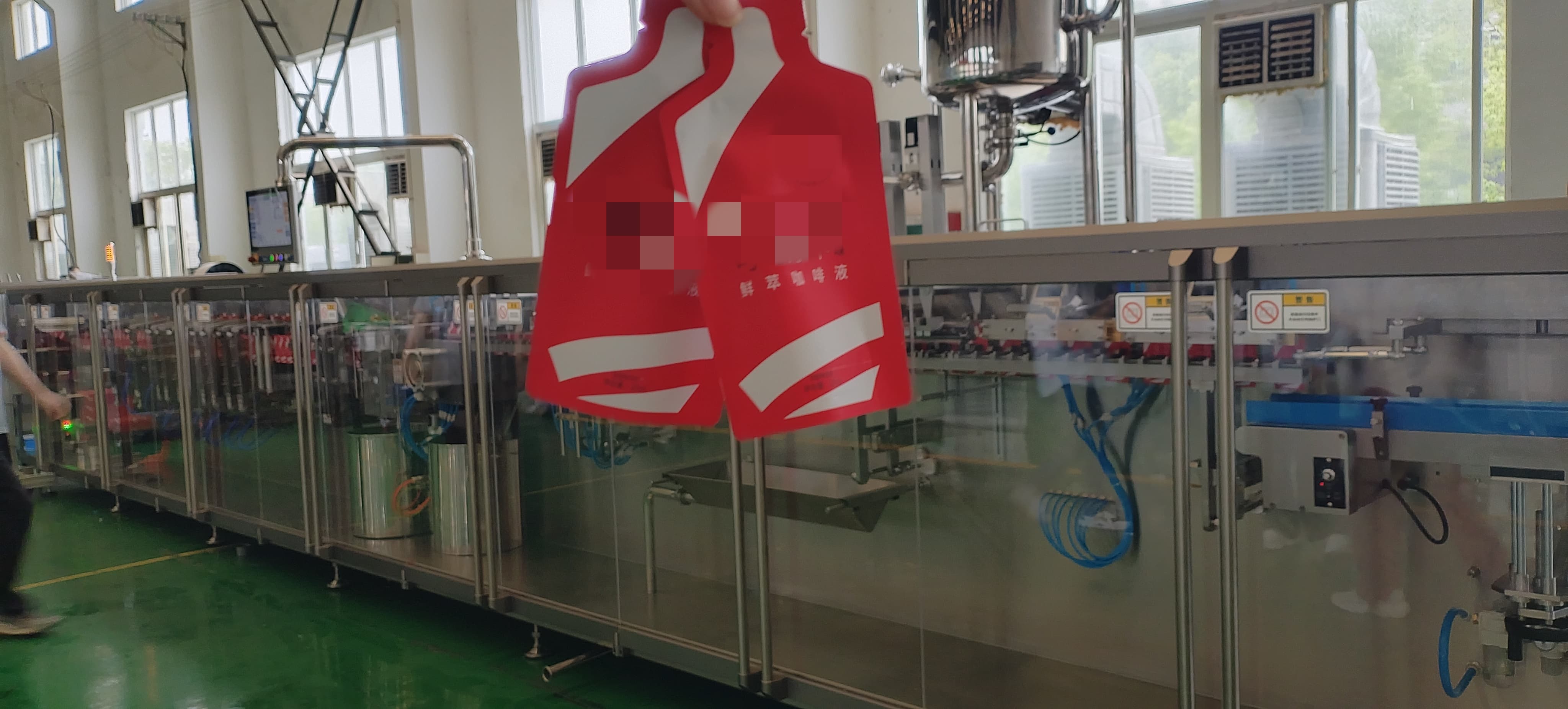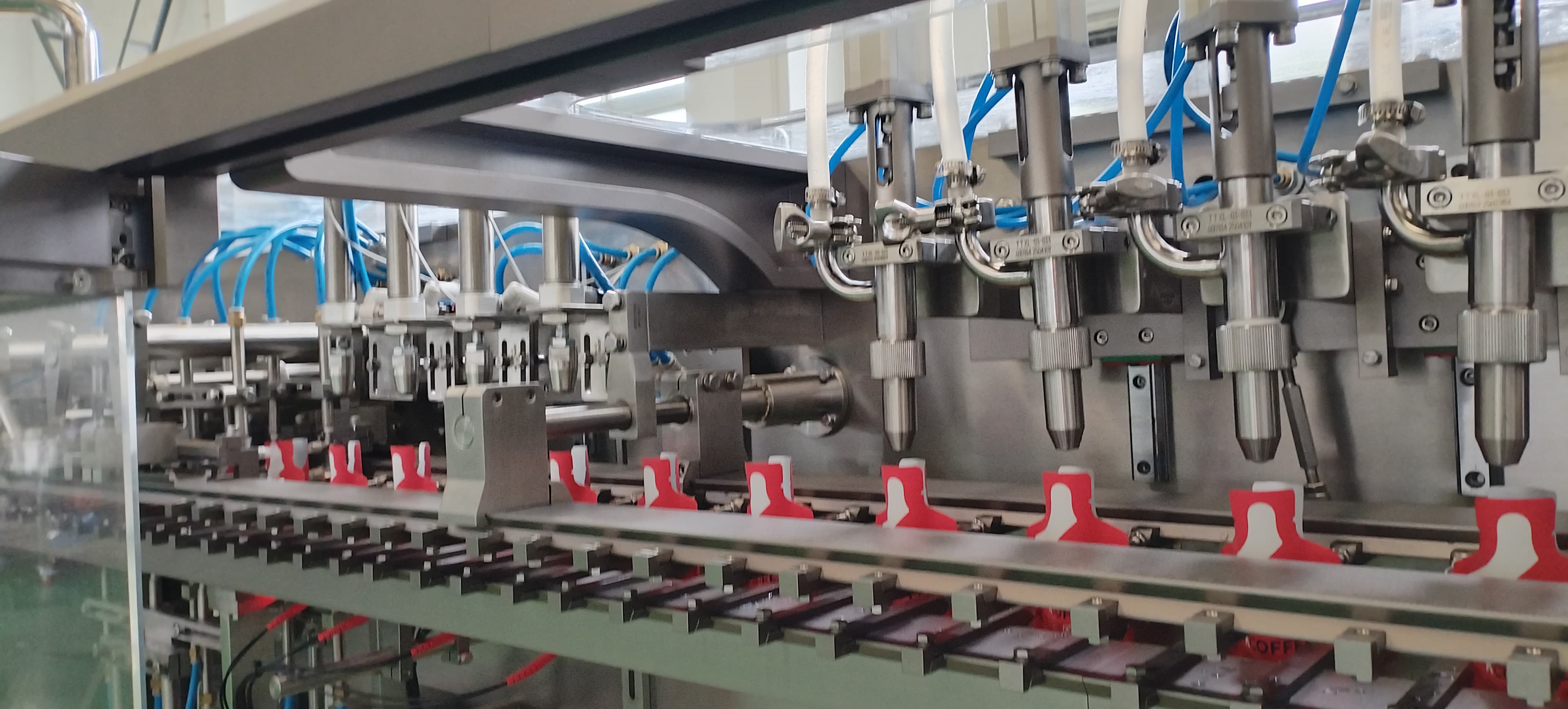The global cold brew coffee market is surging, projected to reach $2.45 billion by 2027, yet producers face significant packaging challenges in preserving freshness, ensuring sustainability, and maintaining operational efficiency. Modern pouch packaging machines—particularly advanced liquid bagging systems—are transforming how cold brew reaches consumers, combining precision engineering with intelligent automation to meet rising demands.

The Critical Role of Specialized Packaging in Cold Brew
Cold brew coffee’s unique characteristics demand packaging solutions far beyond ordinary coffee formats:
Oxygen Sensitivity: Residual oxygen accelerates staling reactions. High-barrier laminated pouches with <0.5% oxygen transmission rates (OTR) are essential for shelf life extension.
Light Protection: Opaque or metallized layers block UV light that degrades delicate flavor compounds.
Acidity & Pressure Management: Nitrogen flushing (common in bag-in-box formats) counteracts CO2 buildup from residual fermentation.
Drip vs. Cold Brew Costs: Higher bean ratios (up to 2:1 coffee-to-water) and 12-24 hour steep times make cold brew 30-50% more expensive to produce than drip coffee—intensifying the cost of packaging errors5.

Shanghai Acepack Intelligent Pouch Packaging Systems: Core Innovations
While specifics of Shanghai ACEPACK machines require direct consultation, industry-leading pouch packaging systems for liquids like cold brew incorporate these transformative features:
Precision Volumetric Filling: Servo-driven pumps achieve ±0.5% fill accuracy across viscosities, critical for premium-priced cold brew. Acepack uses synchronized servo motors to maintain exact positional control during filling and sealing.
Gas Flushing Integration: Inline nitrogen or argon flushing reduces oxygen levels to <1% before sealing, extending freshness to 180+ days.
Sustainable Material Compatibility: Runs recyclable mono-material (e.g., PP) stand-up pouches and biodegradable films without compromising speed.
Rapid Changeover: Tool-less format adjustments switch pouch sizes (100ml to 1L) in under 15 minutes.
Hygienic Design: Full CIP (Clean-in-Place) capability and FDA-compliant materials meet NSF/ISO 22000 standards.

Versatile Applications Beyond Commercial Coffee Roasters
RTD (Ready-to-Drink) Producers: High-speed rotary machines output 200+ pouches/minute for supermarket-bound cold brew.
Small-Batch Craft Breweries: Modular systems handle limited editions with recipe-driven fill settings.
Direct-to-Consumer Brands: Custom-shaped pouches (flat, stand-up, spouted) optimized for e-commerce durability.
Concentrate Specialists: Aseptic filling lines for 5:1 cold brew concentrates requiring dilution before consumption.
50-70% Less Plastic: Thinner walls minimize material use vs. bottles3
Transport Efficiency: Flat pouches occupy 85% less space than bottled equivalents pre-filling.
Recycling Progress: Leading machines now run next-gen recyclable mono-material structures.
Carbon Reduction: LCA studies show 35% lower CO2 emissions vs. glass bottling lines.
Smart Technology Integration
Industry 4.0 Connectivity: IoT sensors track O2 residuals, seal integrity, and fill weights in real-time.
Predictive Maintenance: AI algorithms forecast pump or seal failures before downtime occurs.
Remote Diagnostics: Technicians troubleshoot via Remote Diagnostics slashing resolution times by 40%





